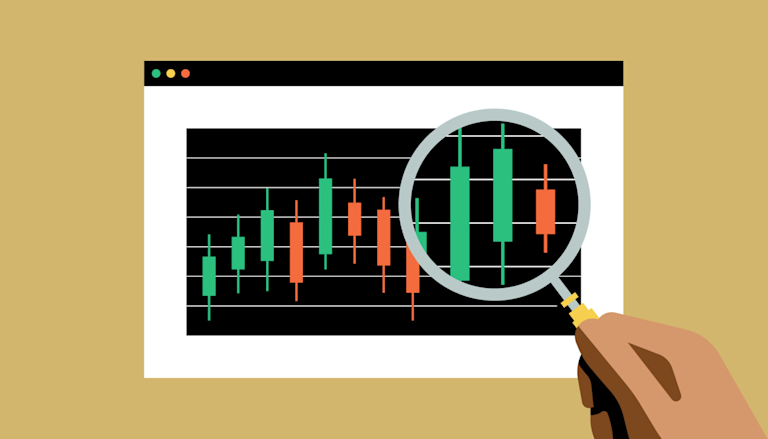
Understanding Crypto Trading Liquidity Data: Key Insights and Trends
In the fast-paced world of cryptocurrency trading, liquidity is a crucial element that investors and traders alike must understand. Liquidity refers to the ease with which an asset can be bought or sold in the market without affecting its price. High liquidity indicates that an asset can be quickly converted to cash, while low liquidity can lead to price slippage and difficulties in executing trades. For a more in-depth examination of this topic, consider reading more on Crypto Trading Liquidity Data https://www.newsvoir.com/index.php?option=com_search&page=1984&keyword=.
The Importance of Liquidity in Crypto Trading
Liquidity affects almost every aspect of trading—from the ability to enter and exit positions effortlessly, to the stability of price movements in the market. In the cryptocurrency sector, where market volatility is prevalent, understanding liquidity can mitigate risk and enhance trading strategies.
1. Market Efficiency
Higher liquidity in a market generally correlates with market efficiency. This means that asset prices will more accurately reflect all available information. In an efficient market, traders have better opportunities to profit from price discrepancies, leading to more justified market valuations.
2. Price Volatility
Low liquidity in crypto trading often results in higher price volatility. When there are fewer participants in a market, large trades can cause significant price swings. This can be particularly problematic for traders looking to enter or exit positions at a desired price. Understanding liquidity data helps traders predict potential market movements and time their trades accordingly.
Factors Affecting Crypto Trading Liquidity Data
The dynamics of liquidity in the cryptocurrency market are influenced by several key factors. Here are the most significant:
1. Trading Volume
Trading volume refers to the number of assets traded within a given timeframe. Higher trading volumes generally indicate better liquidity, as more participants are actively buying and selling the asset. Traders often look at volume metrics to gauge the potential for profitable trades.
2. Number of Market Participants
The number of buyers and sellers in the market directly impacts liquidity. A market with a wider array of participants is likely to have better liquidity, as orders can be filled without drastically affecting the price. In contrast, markets with fewer participants often lead to difficulty in executing trades, contributing to price slippage.

3. Order Book Depth
Order book depth is another critical measure of liquidity. It represents the number of buy and sell orders at various price levels. A deep order book indicates a balance between supply and demand at multiple price levels, usually resulting in more stable prices and lower slippage. Traders can leverage this information to strategize their entries and exits effectively.
Benefits of Analyzing Liquidity Data
By meticulously analyzing liquidity data, traders can enjoy several benefits:
1. Enhanced Decision-Making
Traders equipped with liquidity data can make more informed decisions. For instance, they can identify when to enter or exit a position based on liquidity metrics, reducing the risk of poor trade execution.
2. Risk Management
Understanding liquidity can greatly enhance risk management strategies. For example, traders can modify their position sizes based on the liquidity profile of a specific asset or pair, which can help in reducing exposure during volatile periods.
3. Strategic Trading
By integrating liquidity data into their trading strategies, traders can pinpoint the most advantageous moments for trading. This allows for more strategic positioning, ultimately leading to potentially higher returns on investments.
Liquidity in Different Market Conditions
The state of liquidity can vary widely under different market conditions—bullish, bearish, and sideways markets each exhibit unique liquidity characteristics.
1. Bullish Markets
In a bullish market, liquidity may increase as more investors enter the market due to rising prices. However, some assets may experience reduced liquidity as they become overvalued, leading to potential corrections.

2. Bearish Markets
Conversely, in a bearish market, liquidity can dry up as investors sell off assets. Low liquidity in these conditions can result in sharp declines and increased volatility as traders struggle to execute their trades.
3. Sideways Markets
In a sideways market, liquidity tends to stabilize. However, traders should remain vigilant as the lack of a clear trend can sometimes lead to sudden shifts in liquidity as market sentiment changes.
Tools and Platforms for Monitoring Liquidity Data
Various tools and platforms provide traders with access to liquidity data. These resources offer insights into order book depth, trading volumes, and market conditions that can help in making informed trading decisions.
1. Trading Platforms
Most reputable trading platforms offer built-in liquidity indicators as part of their analytics section. These indicators can help traders assess the liquidity situation of an asset before placing trades.
2. Market Data Aggregators
Aggregators compile liquidity data from various exchanges, allowing traders to compare assets across different markets. This comparative analysis can highlight which exchanges are providing the best liquidity for specific crypto assets.
3. Trading Bots
Some traders employ trading bots that can analyze liquidity data in real-time and execute trades automatically based on predefined strategies. These tools can help minimize human error and take advantage of market inefficiencies regarding liquidity.
Conclusion
Understanding crypto trading liquidity data is essential for navigating the complexities of the cryptocurrency market effectively. By utilizing available tools, monitoring key indicators, and being aware of market dynamics, traders can enhance their strategies and improve their chances for success. Whether you’re a beginner or a seasoned trader, grasping liquidity principles can significantly impact your trading results. Stay informed, and adapt your strategies based on liquidity data for the best outcomes in your trading journey.